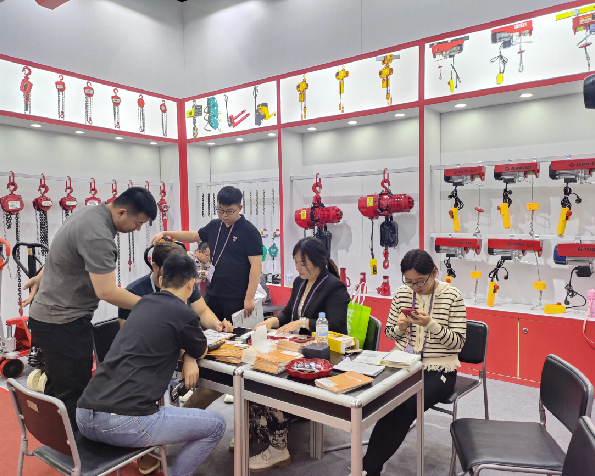


Fall Protection Tools Ensuring Safety in the Workplace
In various industries, safety is of paramount importance, particularly in environments where working from heights is a regular task. Falls are one of the leading causes of serious injuries and fatalities in the workplace, making fall protection tools essential for safeguarding workers. Understanding the various types of fall protection tools, their applications, and best practices can significantly enhance workplace safety.
Types of Fall Protection Tools
1. Personal Fall Arrest Systems (PFAS) PFAS are the backbone of fall protection for workers at height. They typically consist of a safety harness, lanyard, and anchorage point. The harness is designed to fit securely on the worker’s body, distributing impact forces over a wide area. The lanyard connects the harness to a secure anchor point, ensuring that in the event of a fall, the worker is safely arrested before hitting the ground.
2. Guardrails One of the simplest and most effective forms of fall protection, guardrails provide a physical barrier that prevents workers from falling off elevated surfaces. They are commonly used on rooftops, edges of walking surfaces, and around holes in the floor. According to OSHA regulations, guardrails should be at least 42 inches high and must withstand a certain amount of force to ensure effectiveness.
3. Safety Nets Safety nets are installed below the elevated working surfaces to catch falling workers. They are particularly useful in construction and maintenance work where there's a risk of falling debris. Safety nets must be positioned properly and inspected regularly to ensure their reliability and compliance with safety regulations.
4. Ladder Safety Devices Ladders are frequently used tools, but they can pose significant fall risks. Therefore, ladder safety devices, such as stabilizers, anti-slip feet, and safety railings, are crucial for minimizing hazards. Additionally, selection of the right ladder for the job and ensuring it is in good working condition are vital components of fall prevention.

5. Harnesses and Tie-Offs In specialized work environments, such as in telecommunications or construction, different styles of harnesses and fixed or retractable lanyards are used. These tools allow workers to move freely while being secured to an anchor point, thus enhancing mobility while reducing the risk of falls.
Best Practices for Using Fall Protection Tools
1. Training and Education One of the most important aspects of worksite safety is ensuring that all employees are trained on the proper use of fall protection tools. This training should cover how to inspect equipment, identify fall hazards, and execute safe working practices.
2. Regular Inspections All fall protection equipment should undergo regular inspection to ensure its integrity and reliability. This includes checking harnesses for frays or tears, inspecting lanyards for wear and tear, and ensuring that anchor points are secure.
3. Implementation of Safety Plans Establishing and enforcing a comprehensive safety plan that includes fall protection strategies is crucial for any workplace that involves working at heights. This plan should detail the specific tools used, the methods for assessing hazards, and the procedures for safe operation.
4. Proper Use of Equipment Workers should always don their harnesses correctly and utilize the right fittings and connections to ensure maximum safety. They must also be aware of their surroundings and avoid working near unprotected edges whenever possible.
In conclusion, fall protection tools are indispensable for maintaining safety in workplaces where elevated work is common. Through proper education, regular inspections, and adherence to safety protocols, employers can significantly reduce the risk of falls. By fostering a culture of safety and ensuring the right tools are in place, workplaces can protect their most valuable asset—their workers.



